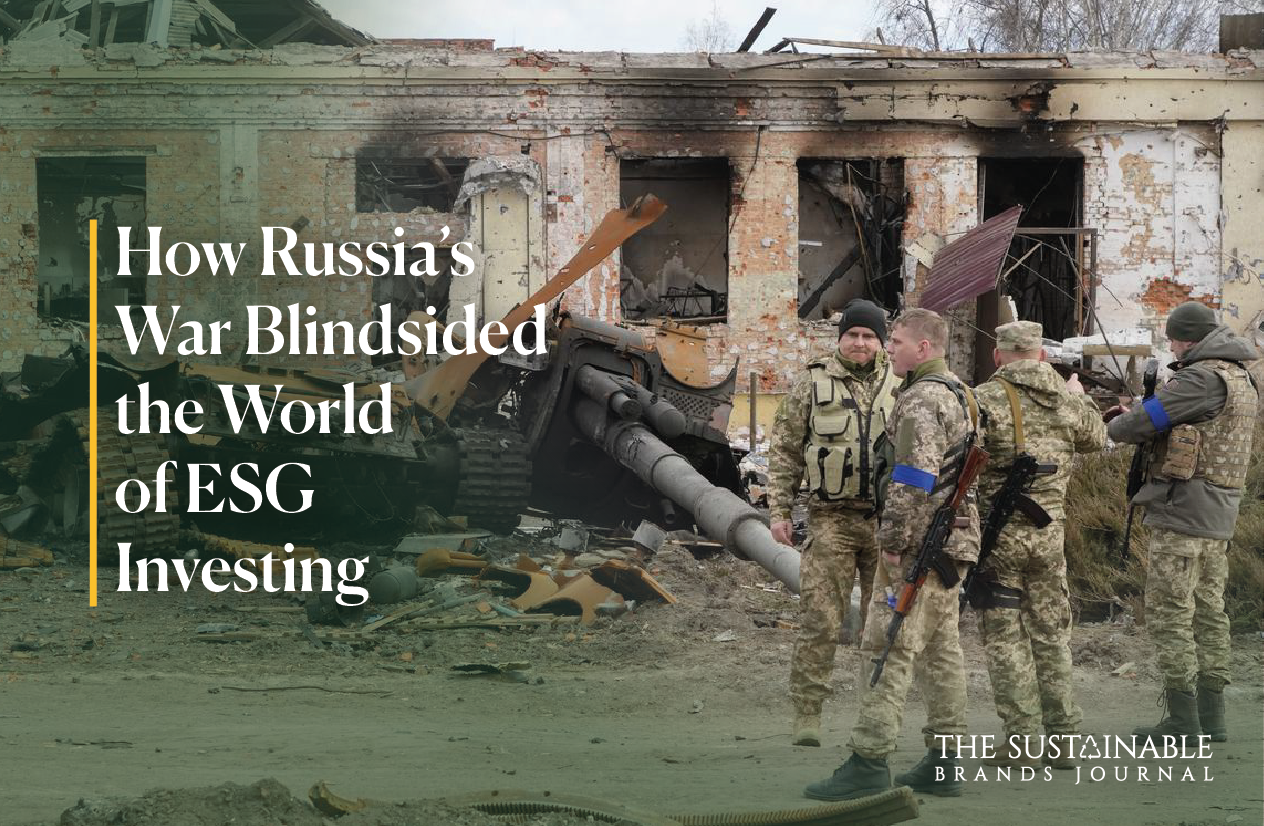
What’s wrong with Boeing?
And how the most mature ESG strategy can backfire if not implemented correctly.
Boeing has caught the global attention with its CEO stepping down after repeated safety incidents at the firm. Boeing 737Max has had two plane crashes and the recent incident of a door flying off mid-air. Some of the senior executives of Boeing and Federal Aviation Administration (FAA) have said that they would avoid flying in recent Boeing products.[1]
Could ESG indicators have raised an early warning flag on Boeing?
Boeing is the industry leader in green innovation and net-zero. Boeing launched a simulation tool for the global aviation industry to model their net-zero strategies in 2022. [2] The newer generation of Boeing planes increase fuel use efficiency by 15-25%, including the 737Max. Boeing has an ambitious goal to enable commercial flights with Sustainable Aviation Fuel (SAF) by 2030, which would reduce carbon emissions by 80% compared to fossil fuels. For a commoner, it appears like Boeing is doing a lot of things in the E part of ESG.
Boeing’s 100-page 2023 sustainability report does a painstaking job of outlining its commitment to Sustainability. The management did a good job of making the business case to the customers of its commercial aviation business, the airlines. Airlines are being offered newer, more fuel-efficient planes, to reach their net zero goals. By buying new, more fuel-efficient, planes from Boeing, airlines can replenish their old stock of planes and continue to grow their flight footprintwhile reducing carbon emissions by about 20% with each plane replaced.
All in all, the perfect strategy to make flying guilt free and integrating Sustainability into the growth strategy for Boeing. The more airlines buy newer planes from Boeing, the more fuel efficiency they can achieve, thus reaching their net zero targets faster. By integrating Sustainability into their core business and product strategy, Boeing did demonstrate the highest level of maturity an organization could get in terms of ESG and Sustainability integration in their industry.
So, what went wrong?
First, ESG was not fully integrated into the core of the business. If there is one KPI that is core to the ongoing sustainability and business viability of Boeing, it is the safety of the product in use i.e. when the planes are flown. The Aircraft manufacturing industry demands precision and highest safety standards. Boeing has got approvals from the FAA and multiple ISO certifications for its products and processes. Boeing has robust policies on ESG matters, including safety and supplier standards. From the policy perspective, everything looks great.
Let’s analyse the indicators. Boeing and Airbus have comparable revenues. Boeing got 3,132 investigative requests and Airbus got only 847 in 2022. Boeing reported nearly four times more investigative requests. These requests are HR and compliance related. This was a red flag for the company, indicating stakeholder’s concern with the related matter. The policies and results of Boeing seem to be disconnected. This is a lagging ESG indicator, how could we have known this earlier? What could be a leading indicator to this?
In the 2019 annual shareholder meeting, there’s no mention of product safety while product quality is mentioned at only four places. Meanwhile Airbus has mentioned product safety 188 times and quality 29 times in the 2019 annual shareholder discussion. This is a very important indicator of a commercial aircraft company’s commitment to safety. This implies safety wasn’t a priority for Boeing’s board in 2019. Boeing seems to have realised the importance of safety only after the 737Max crashes. This is reflected in the annual shareholder meeting reports of 2020 and onwards, when product safety is mentioned over 150 times in each report.
In 2019, none of the Board members of Boeing were part of the environmental or social committee.[3] This indicates lack of company’s emphasis on ESG issues, pertaining to people and product safety.
Let us look at CEO compensation and Board’s involvement in matters related to ESG. The Chief executive compensation in 2019 was linked to short term performance including financial, operational excellence and First-time quality.[4] For a CEO focused on maximising his/her earnings, attention to safety may not lead to increased earnings during the term. Safety was linked to CEO pay only in 2020[5] and that too only to an extent of 1% remuneration that was tied to safety. Clearly not enough incentive to encourage the CEO to prioritize safety when the rest of 99% incentive was linked to building and delivering a bigger order book, faster. It is amazing that even after 2 fatal crashes for the new 737 Max model that got global attention, the Board considered safety to be only as important to warrant 1% link to CEO pay.
When it comes to this most important KPI, Boeing took short cuts. While it invested heavily in other green initiatives, it reduced the amount of safety inspectors in its line over time. In 2019 itself, more than 900 inspector jobs were cut. It reduced the number of checks that were made. It drastically changed its quality processes from a 100% check on each plane, the industry norm for decades, to a random check on a very small sample. In a bid to deliver more planes, faster. Not only that, Boeing did not heed to the complaints and inquiries raised from its whistle-blower mechanisms. As a last straw, it ignored the series of safety incidents that started way back from 2018.
In the past decade, the company’s executives spent over $43 billion buying back their own stocks and paying out nearly $22 billion in profits to shareholders. This was done to prop up the share price. That cash could have been reinvested in the core of the business – by developing more robust planes or hiring more quality inspectors.
Why did Boeing choose to buy back its shares and extract profits? The CEO pay was linked to share price performance. Former Boeing CEO Dennis Muilenburg, who led the company during the deadly Max crashes, reportedly received an exit package of $62 million.
Thus, in the effort to maximize the share price by cutting costs and reducing safety capabilities, and to service a growing order book by reducing quality checks, Boeing failed to embed Sustainability where it mattered, in its single most important KPI: product safety.
There was a time when it used to take pride in its engineering innovation and product safety. However, over time, safety concerns were downplayed, in a bid to be faster and cheaper than Airbus. What good are investments made in other aspects of sustainability like fuel efficient engines and Sustainable aviation fuel innovation when customers do not feel safe enough to fly a Boeing airplane?
This is yet another reminder for decision makers (after BP, VW and many others): embedding Sustainability requires long term thinking. Sustainability, by its definition, implies long term and if we are not planning long term, we are deceiving ourselves.
There is another more powerful take away from this: integrating ESG or Sustainability requires clarity about the core of the business. Most importantly, strengthening the core of the business in the long term, by reducing inherent risks in that core. Gradually, it involves creating new revenue streams.
Boeing started on its Sustainability led innovation journey by ticking so many boxes but failed to think long term. Most importantly, it failed to apply Sustainability where it mattered the most: in product safety and quality. The result is the opposite of what its CEO was tasked to achieve: Boeing share price has fallen by 55% in last 5 years. If Boeing does not get its act together quickly on the safety of its planes, it may be at risk of a bailout from the US government sometime in the future.
This case study demonstrates yet again that ESG as a mega trend can and is being used by companies to differentiate themselves in the short term. But it will backfire in the long run, if it is not integrated correctly into the core of the business. There is a method to the madness. It is impossible for CEOs to prioritize fifteen KPIs that are handed over to them in a materiality matrix from their CSO or ESG consultants. There is a science in developing and prioritizing the interventions that can put a company on the path of ESG led risk reduction and long-term value creation. If we don’t use the science well, then it won’t be ESG to blame for a company’s failure but the professionals themselves.
[1] https://www.vox.com/2024/3/15/24100817/boeing-crash-safety-aviation-flying
[2] #33, Boeing sustainability report 2022
[3] boeing proxy paper 2019 governance analysis.pdf
[4] #30 Boeing-2019-Notice-of-Annual-Meeting-and-Proxy_Statement.pdf
[5] #42 Boeing_Proxy_Statement 2020.pdf
Written by: Vipul Arora, Partner, ESG Solutions, and Jayachandre Gowda, Associate Consultant,
ESG and Climate Solutions. Both work at Sattva Consulting (www.sattva.co.in). Views are personal.





